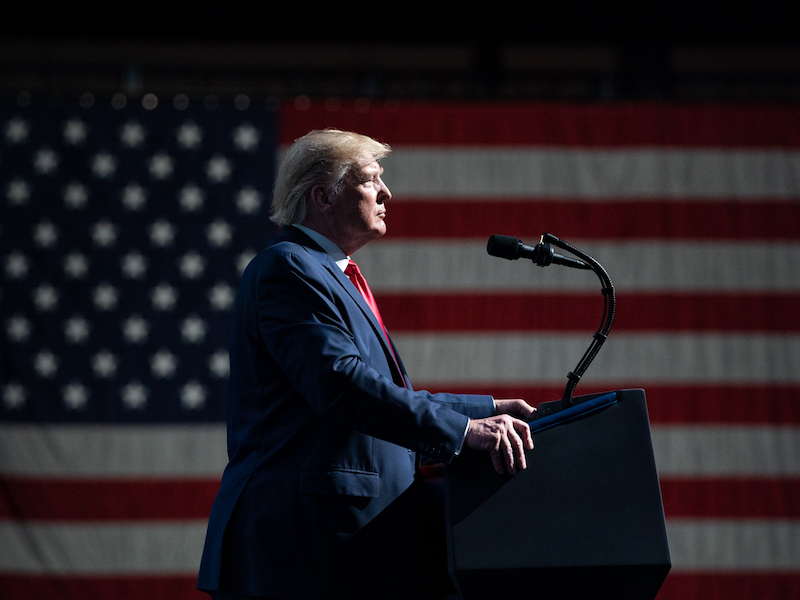

Trump 2.0 strategy will increase market volatility
Chris Dillon of T. Rowe Price says incoming president’s neomercantilist views will upend trade policy and could spark return to higher interest rates
- Featuring: Chris Dillon
- January 21, 2025 January 21, 2025
- 13:01
- From: T. Rowe Price

(Runtime: 5:00. Read the audio transcript.)
**
As economic policies around the world diverge, investors must take a geographically diversified approach to investing, Chris Dillon says.
The investment specialist in the global fixed-income division at T. Rowe Price said the movement toward a “massive global supply chain, quasi-backed by the U.S.” has stalled, and U.S. president Donald Trump is leading a return to nationalistic economic policies.
“Neomercantilism is the return of an old vision that links the prosperity of states to their military, industrial, financial or technological power, and uses trade policy specifically as a tool to secure those goals,” he said. “That’s my one word — a neomercantilist — as a description for Donald Trump.”
Dillon said in a neomercantilist world, monetary policy and economic cycles around the world show more variance.
“A more deglobalized construct is where we seem to be landing with a second Trump presidency. You’re going to have more divergence,” he said. “That good old-fashioned 60/40 construct is going to work here. [But] I’m talking about 60% global equities, 40% global fixed income. A global 60/40.”
Under this neomercantilist framework, Dillon said companies involved in national defence and energy could do quite well, as could the technology sector.
“Generative [artificial intelligence] and the productivity benefits that may come with this, that’s one way out of the heightened deficit, heavy debt, developed-world malaise that we’ve settled into,” he said. “If you get a productivity revolution, that can just plow you through times when you’re overstretched as a sovereign nation.”
The financial sector could also benefit from the deregulation that is expected under Trump, he said.
“Banks are already rocking and rolling on that news.”
After a difficult first term in 2016, which led to electoral losses for the Republican Party in the 2018 mid-terms, Dillon said the Trump administration will be focused on a better start this time around, putting its efforts into “one big, beautiful bill” that would tackle tax cuts, energy policy, border security, immigration, spending cuts and debt ceiling in one omnibus package.
But some view Trump policies as potentially inflationary, resulting in higher interest rates, he said.
“Fed officials are already looking at tariffs and looking at a deficit in the U.S. that is 7% of U.S. GDP, an economy growing at 2.5%, an unemployment rate of 4.3%, and tax cuts on top of that, along with tariffs, and thinking that that is going to be a catalyst that actually takes inflation back up,” he said. “We would not be surprised to see a return to a 5% 10-year U.S. Treasury yield in the very foreseeable future. And a tail scenario that is becoming increasingly plausible from our perspective is a 10-year treasury yield of 6%.”
Dillon said there are reasons to expect heightened volatility in the near future.
“You’re already seeing it in rate markets. You’re going to be seeing it in equity markets. Security selection is going to matter a great deal,” he said. “In an uncertain world, being diversified matters.”
**
This article is part of the Soundbites program, sponsored by Canada Life. The article was written without sponsor input.
